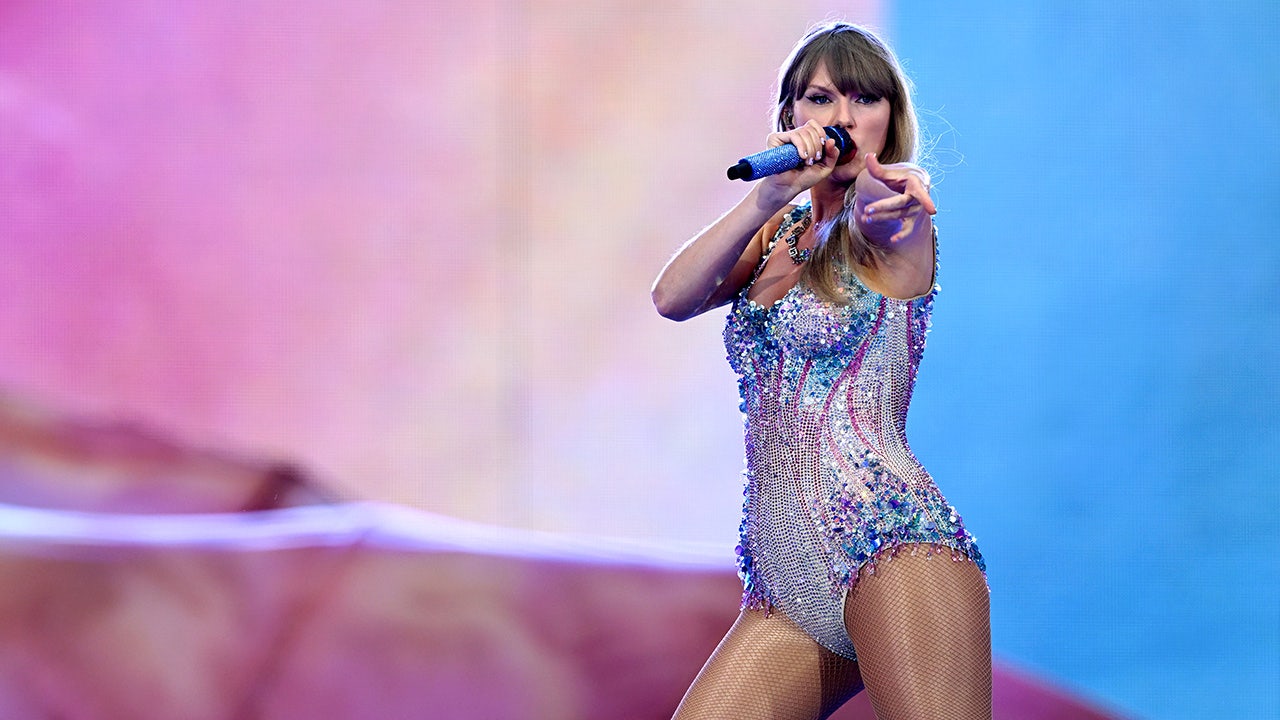A parrot-beaked psittacosaurus dinosaur that lived in what is now China 130 million years ago had an abdominal scar that may have been equivalent to a mammalian belly button
Life
10 June 2022
This Psittacosaurus dinosaur has an umbilical scar Phil Bell at the University of New England, Australia, et al
A herbivorous parrot-beaked dinosaur that lived in what is now China 130 million years ago may have had the reptile equivalent of a mammalian belly button.
“I’d chalked up a few oddities during a more routine examination of the specimen… When I saw this, my mind said umbilical scar!” says Phil Bell at the University of New England, Australia. “I can’t imagine many people have actually looked for them, there aren’t many specimens in existence [with fossilised skin].”
Most mammalian embryos gain nutrients from a placenta through an umbilical cord, which eventually falls off to leave an abdominal scar, or belly button.
In birds and reptiles, the embryo is attached via blood vessels to a yolk sac, which provides nutrients within the egg. After the animal hatches, the yolk sac is absorbed into its body, leaving a linear abdominal scar. Unlike in humans, this scar usually disappears after a few days to weeks.
Until now, it was unknown if dinosaurs – which also laid eggs – had umbilical scars that lasted for more than a few weeks.
Bell and his colleagues imaged the scar in the dinosaur – a psittacosaurus – using a technique called laser-stimulated fluorescence, which revealed the scar was about 10 centimetres long and surrounded by tiny scales, meaning it was unlikely to have been caused by physical trauma.
“Scars from injuries leave very clear signs of trauma. The scales may be disrupted and lose their regular appearance, and in fact, they may not regrow at all, leaving only smooth skin,” says Bell. “In contrast, what we see in this psittacosaurus is something very regular, with well-defined scales on both sides. It also occurs in precisely the spot where you’d expect to see it, and it has all the characteristics of a reptilian belly button.”
By comparing the length of the femur bone in the specimen with other ptsittacosaurus fossils known to be of animals that were about 6 years old, the team established that the individual was a similar age and would have been approaching sexual maturity.
“We know in modern animals that if the umbilical scar remains after those first few weeks after hatching, then it remains for the rest of its life. Given that this psittacosaurus was around 6 years old, then undoubtedly it would have had it for the rest of its life, and likely all individuals in that species did too,” says Bell.
However, further work will be needed to confirm the findings. “Although this fossil is simply one of the best out there for studying skin, it is still only a single fossil. New fossils are likely to change our interpretations, but that’s a part of science,” says Bell.
It is also unknown how widespread umbilical scars may have been across different dinosaur species.
“To hazard a guess, maybe 5 per cent of adult dinosaurs might have had them, based on our observations of modern reptiles,” says Bell. The team hopes to address this question by finding more dinosaur “belly buttons”, he says.
Journal reference: BMC Biology, DOI: 10. 1186/s12915-022-01329-9
Sign up to Wild Wild Life, a free monthly newsletter celebrating the diversity and science of animals, plants and Earth’s other weird and wonderful inhabitants
More on these topics:


























































